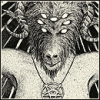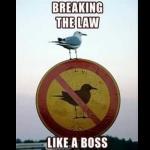-
Similar Content
-
Το Civilization VII αποκαλύπτει νέες τολμηρές αλλαγές στο gameplay στην Gamescom 2024
By astrolabos,
- civilization vii
- gameplay
- (και 4 επιπλέον)
- 0 comments
- 756 views
-
- 2 comments
- 1.195 views
-
- 0 comments
- 874 views
-
- 4 comments
- 3.358 views
-
Η Ubisoft ανακοίνωσε νέο Settlers, αλλά και την επανακυκλοφορία των παλιών παιχνιδιών της σειράς
By yanni,
- 0 comments
- 3.633 views
-









Recommended Posts
Archived
This topic is now archived and is closed to further replies.